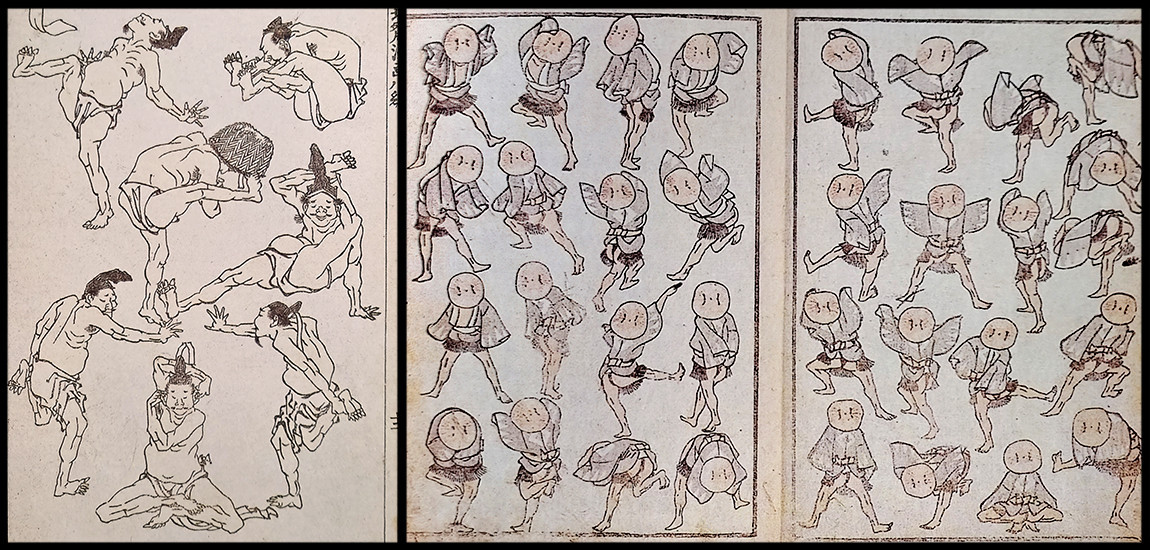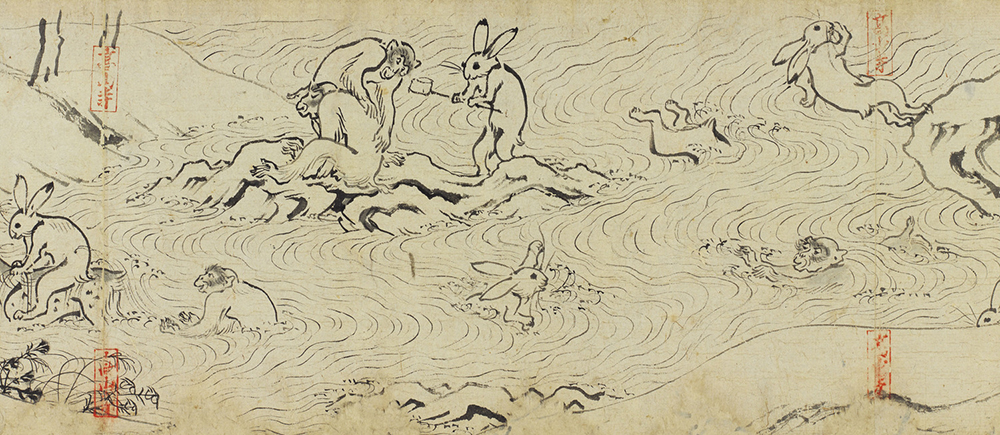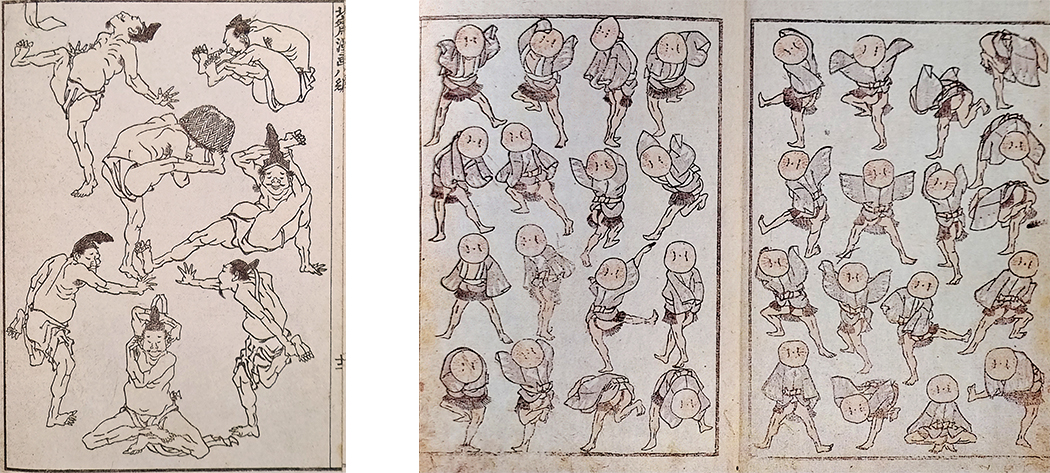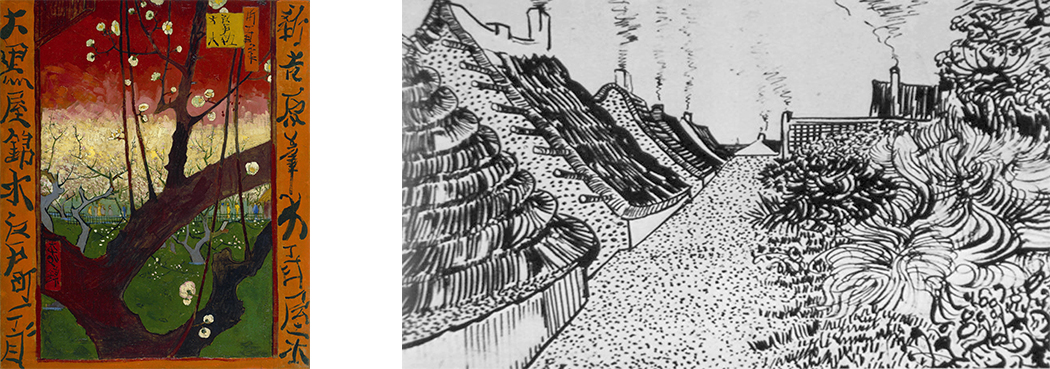
Manga: from the origins to the present day
In Italy as in many other Western countries, comics are still considered by most to be a product for children, as we are used to the fact that storytelling with pictures is found in fairy tales and children’s books.
In particular the Japanese manga, that uses images often consisting of characters with childish features, is not excluded from this deep-rooted prejudice. However, it is a graphic product of high artistic quality, often featuring very deep contents and that paradoxically, by our standards, would absolutely not be considered suitable for children. Of course, when we think of manga comics today we imagine stories with high school kids, magic spells, robots and strange animals, but this wasn’t always the case. This literary genre as a matter of fact, has very ancient origins and has undergone profound changes over the centuries.
The origins
It is believed that the ancestor of the manga is the emakimono, a form of narrative work painted on parchment rolls, born around the twelfth century. The most famous example of emakimono is the choju jinbutsu giga, which represented a series of anthropomorphic animals.

Choju-Jinbutsu-Giga (鳥獣人物戯画) circa XII-XIII century, attributed to Toba Sōjō in collaboration with various artists.
It was only later, in the eighteenth century, that some artists including the famous master of ukiyo-e (Japanese art print) Katsushita Hokusai, first used the word manga (free drawings) to indicate collections of drawings and sketches that depicted details of landscapes, animals, characters represented in their daily lives’ activities and characterized by various different poses and expressions.
These volumes are a very valuable source of information, as they offer a broad representation of the characteristics of the Japanese people as they appeared at that time.
The term manga will become of common use starting from 1900 to indicate, in general, comics of Japanese production.

Pages from Manga vol. III by Katsushita Hokusai: to the left Acrobats, a sinistra Dance of the sparrow.
In the second half of the nineteenth century, thanks to the opening of trades with the East, arrived in Europe the first xylographies, sheets of the famous manga volumes by Hokusai, prints by Utamaro and Hiroshige, that Western artists - particularly Van Gogh - immediately loved. These European artists began to study the distinctive stroke of the Japanese brush, the depiction of nature and everyday life, the unusual cut - now considered "photographic" - of the Nipponic images, and they incorporated these elements in their own art. It was the start of that phenomenon called Japonism.

Vincent Van Gogh: to the left Flowering plum tree 1887, to the right Street in Saintes-Maries 1888
The transition to comic
During World War II, Japan was in turn influenced by the West, and from the admixture of traditional manga and American comics and animations, was born that one-of-a-kind editorial product we know today as manga comic. Characteristics of the Japanese manga are its pocketable format, the reading sense from right to left and the use of monochrome. Very different from the colorful western comics, almost all manga are in black and white with the exception of their cover, for this reason they use a graphic style rich in chiaroscuro and very marked play of shadows and lights.
In recent times, the interest in manga and anime (an animated transposition of the comic) has been growing all over the world, but here still remains a product read mostly by kids. If an adult were to read comics in public they would probably be considered to be a childish person and arouse a few critical looks. For the Japanese, on the other hand, a form of storytelling by images has the same dignity as a written story, so much so that it is absolutely normal to see adult people, even elderly people, reading manga on the way to or from work in the Japanese subways.
For a country that has always loved art and produced works of art of the highest level, Italians tend to turn out to be skeptical and a little snobbish when it comes to "minor" forms of art, other than painting and sculpture. Perhaps we should take as example the Land of the Rising Sun, where thanks to manga comics, the publishing market continues to resist despite the advent of the digital era, while in Italy the paper book crisis is getting increasingly worse. Will we ever be able to recognize comics, illustrations and animations as graphic works worthy of respect? Perhaps not, but it seems strange to keep such a closed mentality in a world that more and more bases communication on image. And after all, if these images that are considered so childish were to get a few smiles out of us, would it be that bad?



